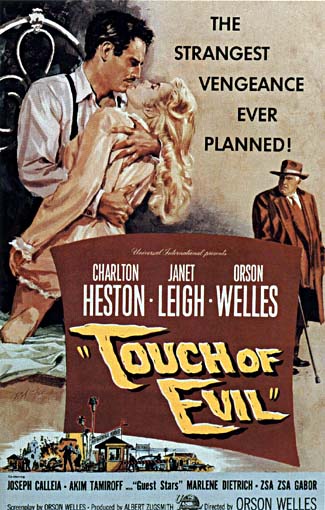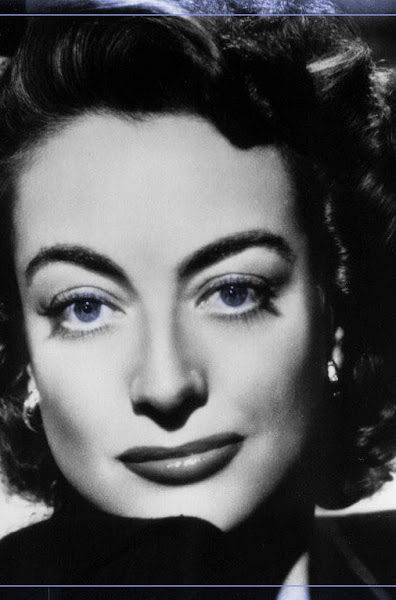 *** ½ out of ****
*** ½ out of ****
No stranger to perfection, director Orson Welles achieves it again with his 1958 film noir masterpiece, "Touch of Evil." From the film’s first tracking shot to the extensive use of cinematography and stylistic functionality of mise-en-scène, Welles lives up to that notorious and legendary image as a consummate perfectionist, but one who knows how to, above all, realize artistry through the camera.
In the film, Vargas (Charlton Heston) plays an altruistic Mexican police officer trying to determine a drug ring’s connection to a car bombing on the U.S. border. Local members of the ring are trying to stop his efforts by going after his new bride, Susan (Janet Leigh), while corrupt U.S. police captain Quinlan (Welles) thwarts him by planting evidence and pointing fingers at others.
Heston seems to have enjoyed taking on roles with different cultural backgrounds, and this film is no different. The idea of him as a Mexican is somewhat laughable, but he does it well enough, though the character bears no real cultural distinction outside of the fact that he occasionally speaks Spanish in the film and has a stereotypical image. On the other hand, in the damsel-in-distress role, Leigh stays true to her career role preference. In fact, the film noir’s synonymous femme fatale is uncharacteristically absent in this film. Meanwhile, Welles’ tendency to play larger-than-life characters hardly changes in this film, as his presence as the obese, authoritative Quinlan eventually overshadows the acting of the pleasing protagonists, leading the film to center on him in the end.
Thrilling and enthralling, "Touch of Evil" leaves little to be desired, but what it does leave is notable. The prominent example is the fact that Vargas’ target drug ring seems to get lost in the plot in exchange for tackling Quinlan’s ultimate crisis of and Vargas’ crusade for morality. I also think the film’s ending was a bit too rushed for even the standard swift climax of film noir. "Touch of Evil" can be confusing, possibly losing viewers in its complexity, but it weaves the narrative well to deliver the encompassing theme of good versus evil.
I believe Welles to be one of the greatest directors of all-time cinematographically, and this film is no exception with its mastery of shot composition, employment of Welles’ trademark deep focus and deep space composition, and particular use of mobile framing. Sometimes the medium shots leave significant action off-screen, which helps to propel the suspense. In particular, the opening tracking shot, having been developed in 1941’s "Citizen Kane," is one of the most famous in film history, and its perfectly-timed choreography in mobility, coupled amongst diegetic sounds makes it a riveting symphony in terms of artistry and suspense. The film consistently utilizes low angles in shots, which seems to translate a continuous sense of dominance, but perhaps in the respect of self-righteousness, which characters like Quinlan always express.
Keeping with the style of other film noir, lighting tends to focus heavily on shadow, at times completely hiding characters, which functions to portray evil in characters like Quinlan or impose evil on characters like Susan.
Welles was one of the most underappreciated directors of all time, but his films still command significant respect, and this one is no different. A superior effort into film noir, Welles puts together a visually breathtaking film against a dark narrative with magnificent results.
Originally published in the February 7 issue of Versus Magazine: Entertainment & Culture
March 26, 2008
Touch of Evil
Subscribe to:
Post Comments (Atom)

.jpg)

.jpg)
.jpg)

No comments:
Post a Comment